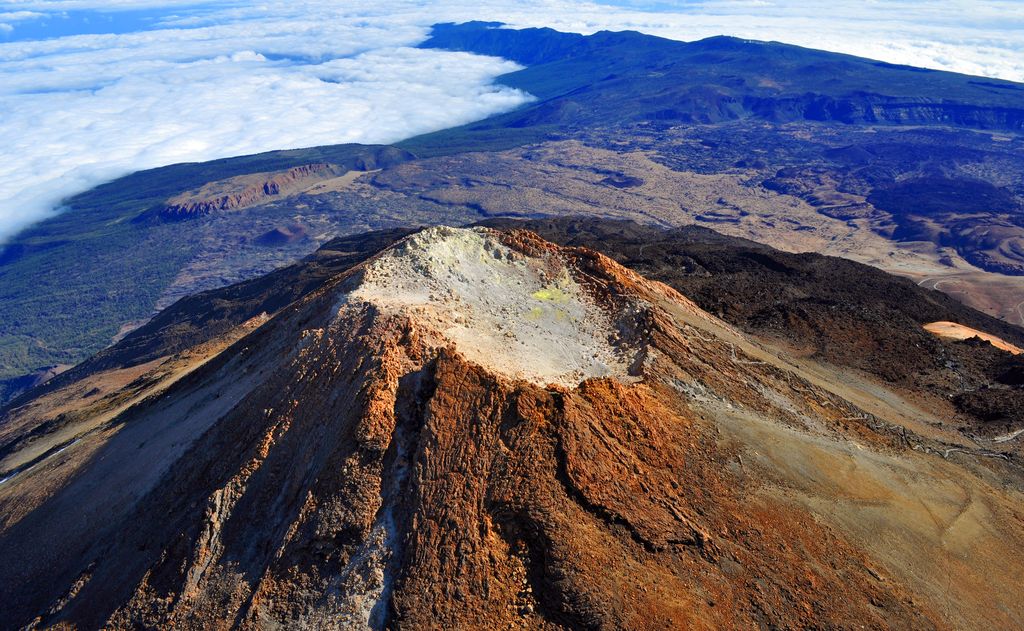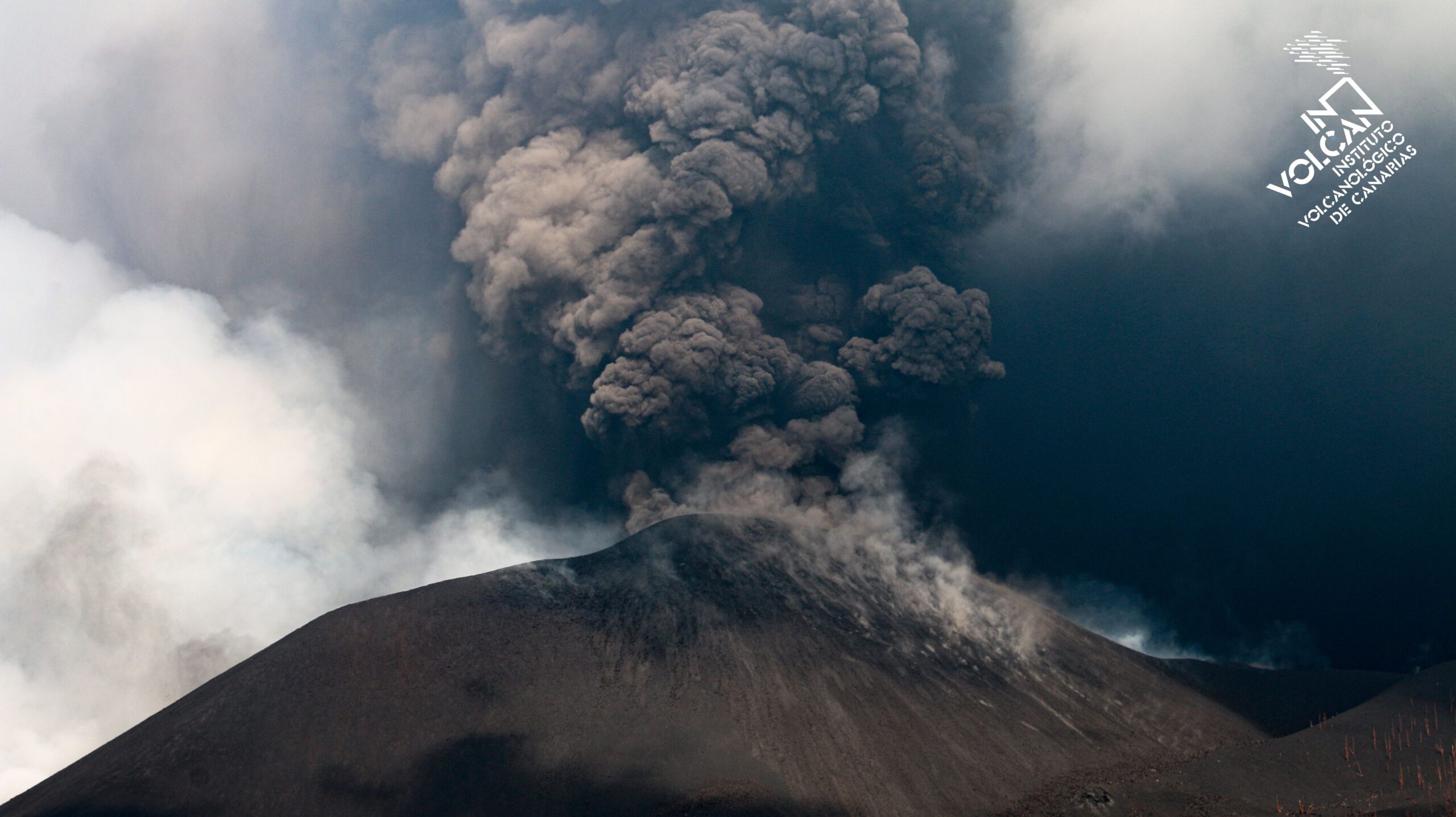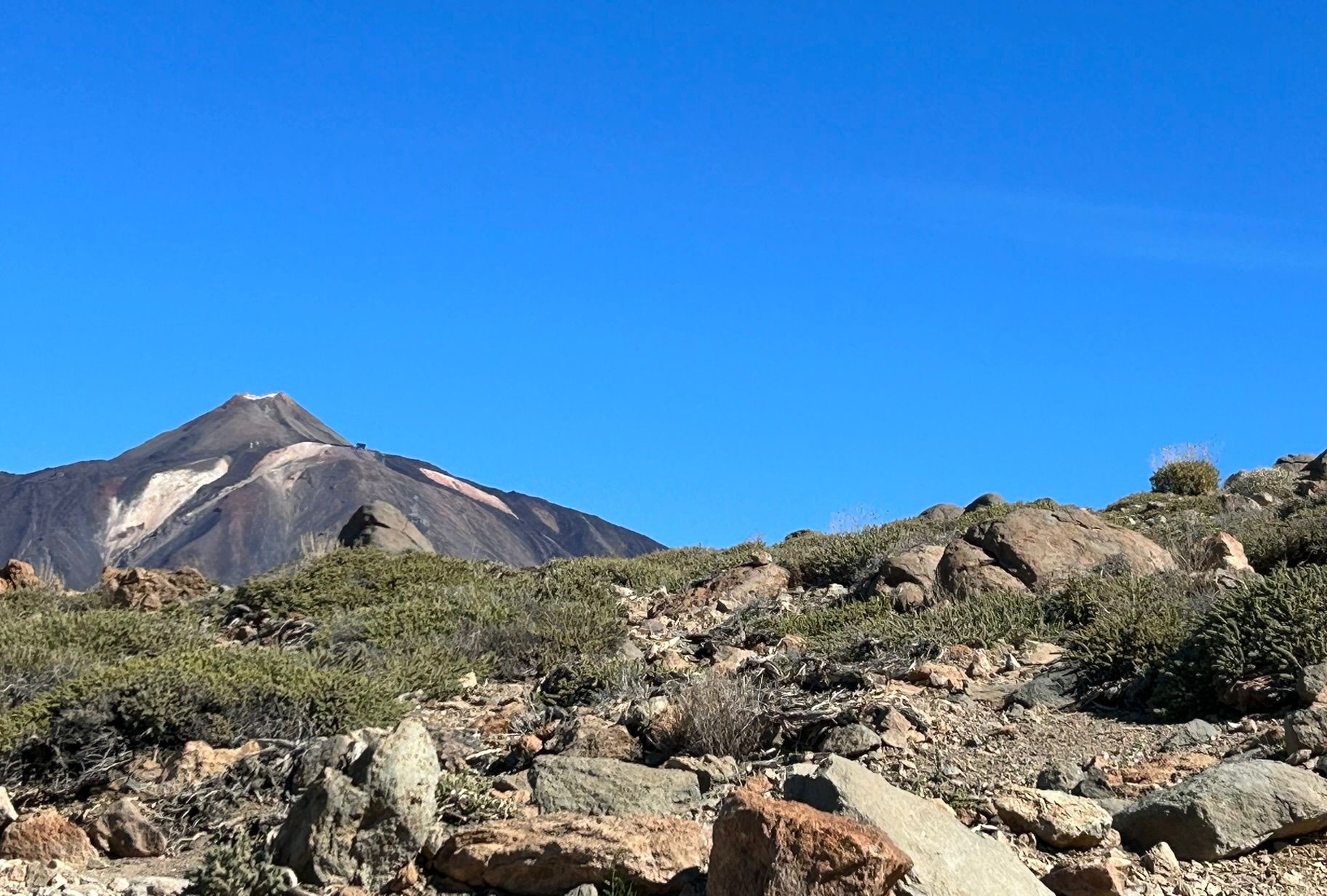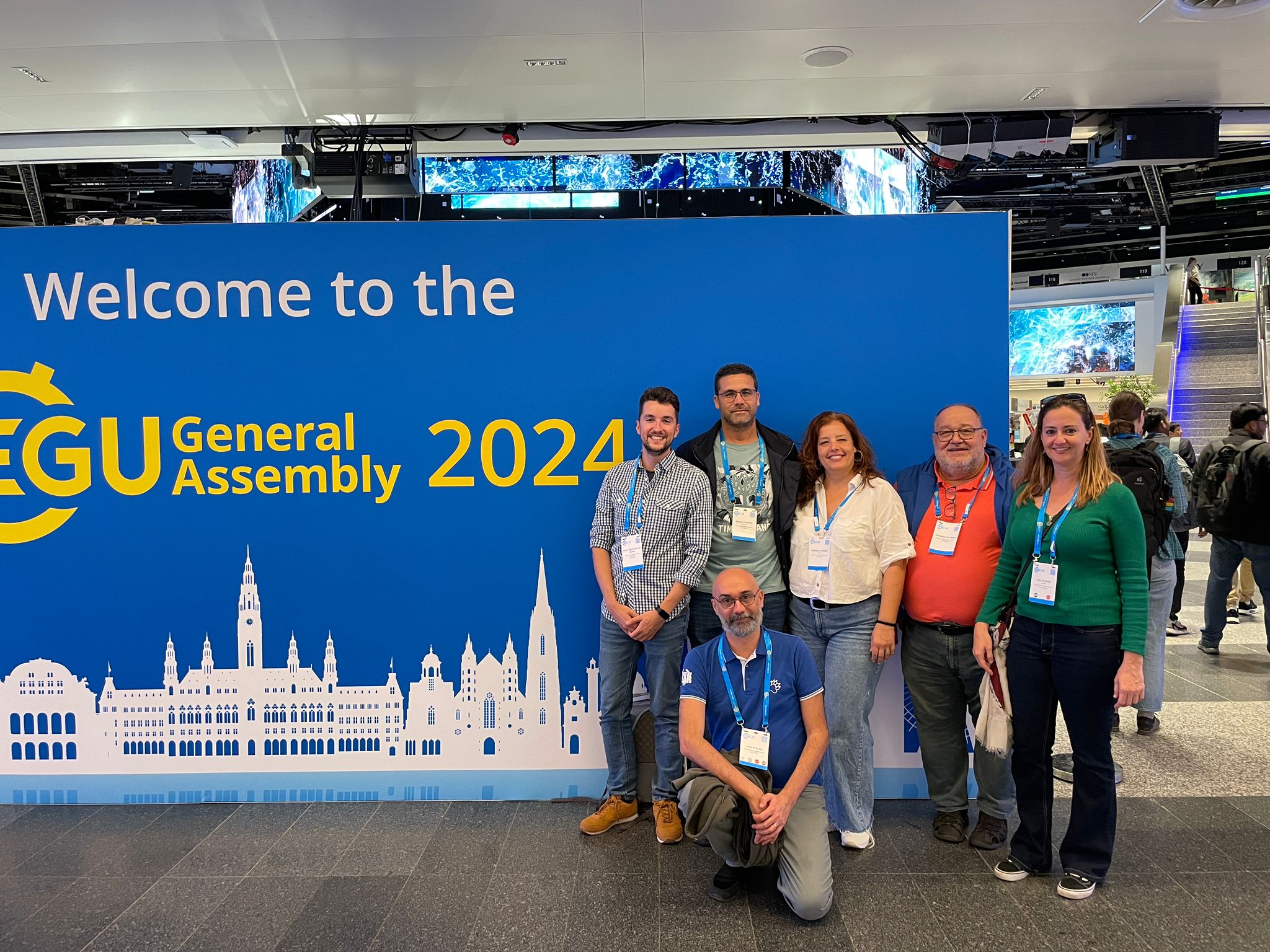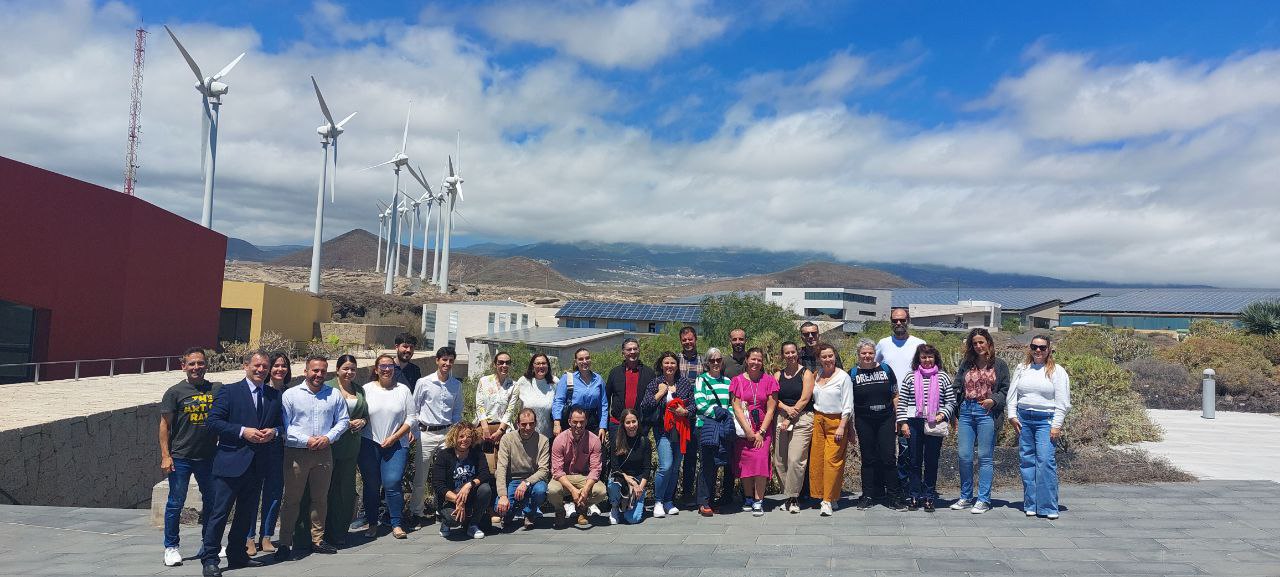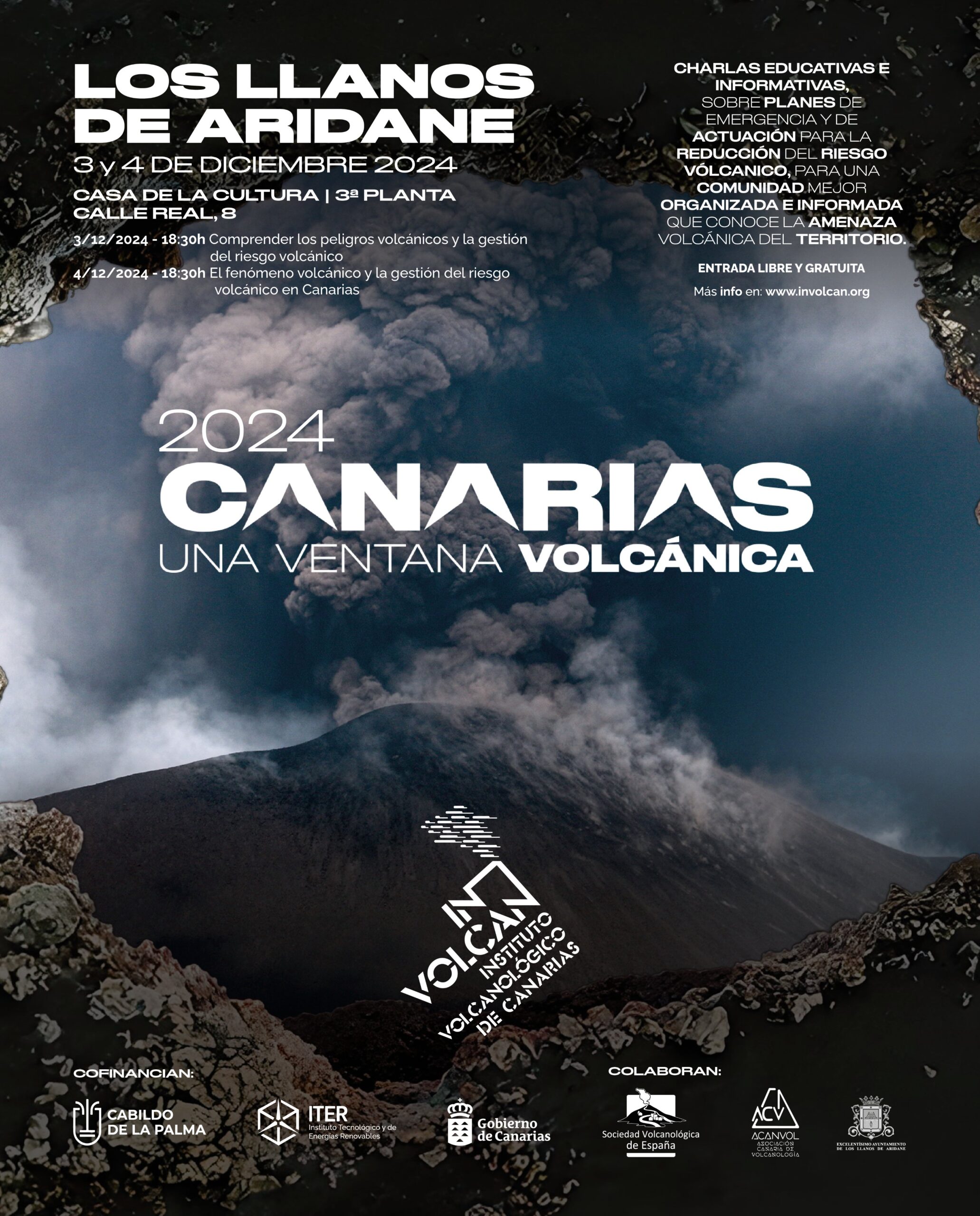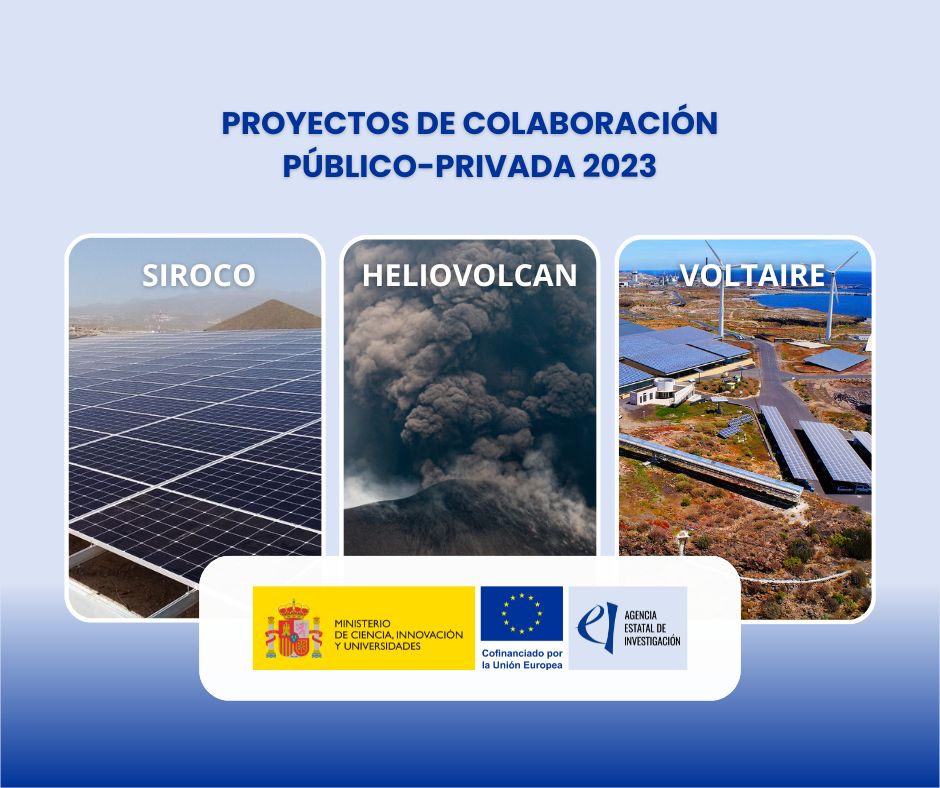DESIGN AND EXPERIMENTAL DEVELOPMENT OF PROTOTYPES FOR THE GENERATION OF ELECTRICITY BY THERMOELECTRIC EFFECT IN SUPERFICIAL GEOTHERMAL ANOMALIES OF VOLCANIC ORIGIN: APPLICATION IN THE VOLCANIC SYSTEMS OF TIMANFAYA (LANZAROTE) AND TEIDE (TENERIFE).
Data
Acronym: ELECTROVOLCAN
Reference: RTC-2017-6628-3
Partners:
- Instituto Tecnológico y de Energías Renovables S.A. (ITER) – Project Coordinator
- Instituto Volcanológico de Canarias (INVOLCAN)
- Agencia Insular de Energía de Tenerife (AIET)
- Universidad Pública de Navarra (UPNA)
- Instituto Geológico y Minero de España (IGME)
Duration: 01/09/2018 – 31/08/2021
Fundable budget: 1,254,649.36€
Grant: 620,232.41€.
FEDER reimbursable advance: 151,625.10€.
Loan: 0.00€
Own contribution: €482,791.85
Financing: Call for proposals Challenges-Collaboration 2017. State Programme for Research, Development and Innovation Oriented to the Challenges of Society. State Plan for Scientific-Technical Research and Innovation 2013-2016.

Project Overview
High enthalpy geothermal energy is a renewable energy source mainly linked to volcanoes. Currently, one of the European challenges and also of the Spanish Science, Technology and Innovation strategy is to determine the benefits of using this type of endogenous energy to generate electricity in an efficient, sustainable and clean way from an environmental point of view and at competitive prices. In the Canary Islands, the use of indigenous renewable energies is essential, both for strategic and cost reasons. As of today, its implementation is of the order of 9% when in the peninsula it has reached 17%. The current island government, which took office in July 2015, has made a political commitment to boost this gap. Both wind and solar energy are discontinuous energies, while geothermal energy is always present and allows supporting the aforementioned energies.
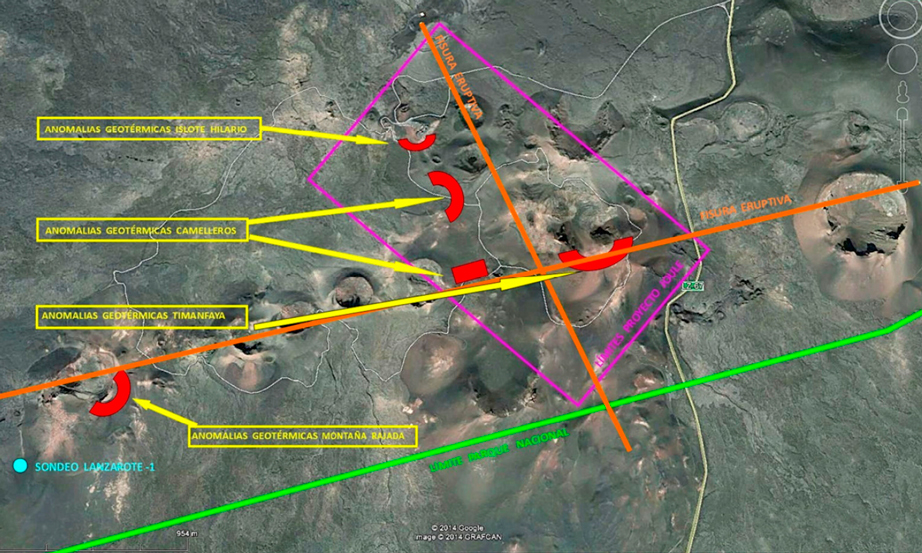
Conventional geothermal energy is based on drilling boreholes 1500-2500 m deep to obtain steam at temperatures between 100º and 300 ºC capable of generating electricity by turbining the fluid generated. In the Canary Islands and in many other active volcanic systems, these temperatures are already at the surface, but no attempt has ever been made to harness thermoelectricity to take advantage of this important calorific potential. The surface geothermal anomalies in the Timanfaya area on the island of Lanzarote are the most important in the world, to the point of registering 200 ºC at the surface and 600 ºC at 10 m depth in the area of Islote Hilario.
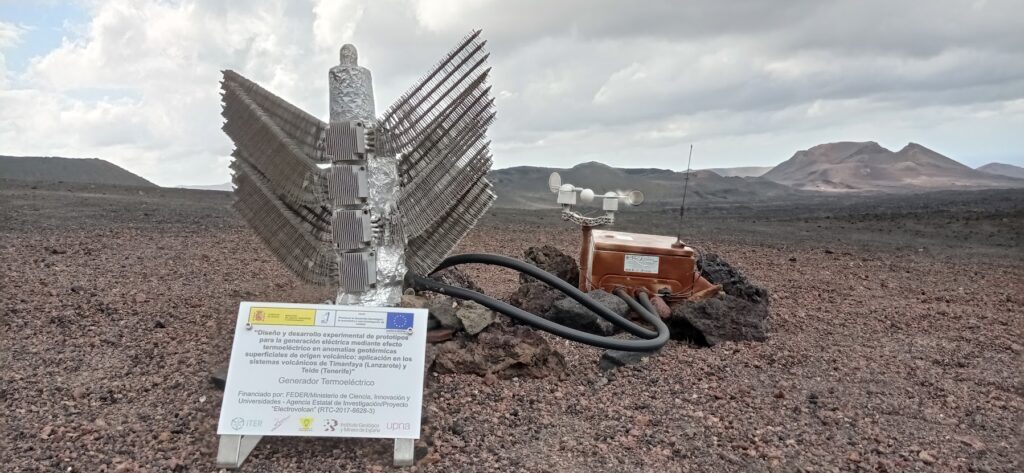
Therefore, the first and main objective of this project is to develop, for the first time in the world, a Seebeck effect thermoelectric generator (GTE) capable of generating renewable electrical energy from volcanic heat reaching the surface, with a minimum environmental impact. To this end, we intend to develop two types of installations that represent two applications of this technology:
- Thermoelectric generators for the production of electrical energy from high temperature geothermal energy. It is intended to build 2 prototypes of a total electrical power of 1kW capable of operating in a temperature range between 200ºC and 600ºC, which are the conditions found in certain areas of Lanzarote in the first 10 m of depth.
- A GTE device capable of supplying year-round electrical power to volcanic surveillance monitoring facilities, making them autonomous. This device must be resistant to the acidic fumarolic environment that normally prevails in active volcanic environments and be able to operate with hot source temperatures below 100 ºC. For this reason it will be installed in the crater of Teide, the only Spanish volcano with these characteristics. This type of autonomous device would be very useful, for example, at the Gabriel de Castilla Antarctic base, located on a highly dangerous active volcano that can only be monitored from November to February, during the Antarctic campaign. Likewise, it could be marketed as an autonomous volcano monitoring station on the world’s active volcanoes, a very important aspect that is currently unresolved.
These thermoelectric prototypes can also serve as a basis for other industrial applications discussed in the report.
This project aims to evaluate the total energetic potential of the volcanic area involved in the two eruptions of the 18th and 19th centuries in Lanzarote. Previous studies have already identified 11,700 m² of thermally anomalous zones in Timanfaya, but it is necessary to carry out a georeferenced thermal infrared flight to delimit the total extent of the thermal anomaly.
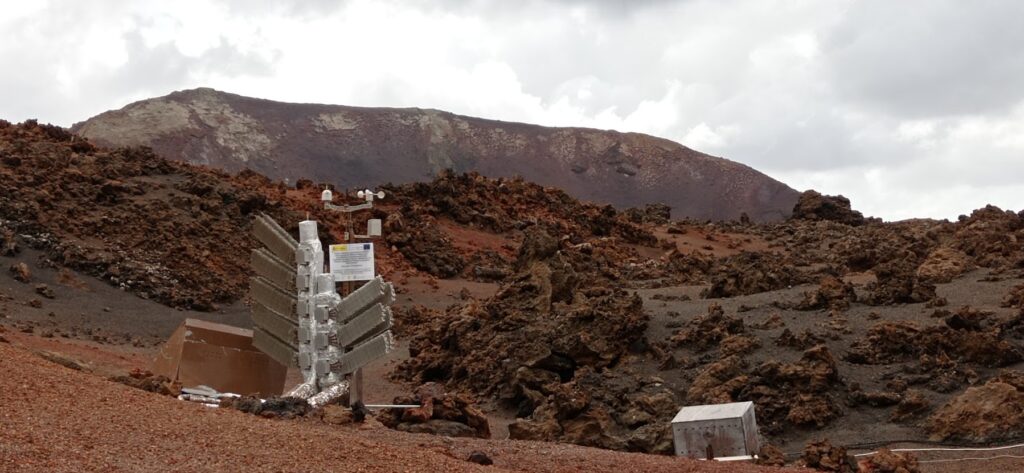
The unitary performance of the thermoelectric devices multiplied by the extent of the thermal anomaly on the surface will make it possible to evaluate the total energy potential of the area. The first calculations indicate a potential of more than 150 MWe when the maximum power demand on the island is 230 MWe. In terms of energy, the expected results are even more impressive, since geothermal energy would provide 24 hours a day of operation throughout the year, which would mean an annual generation of constant electrical energy of 1,300 GWh. Taking into account that the electrical energy consumed in the entire Canary Islands Community in 2016 was 8,778 GWh, the application of this technology on a large scale would mean a very significant contribution of renewable energy of geothermal origin, this being the only one of the renewables that guarantees a constant supply.
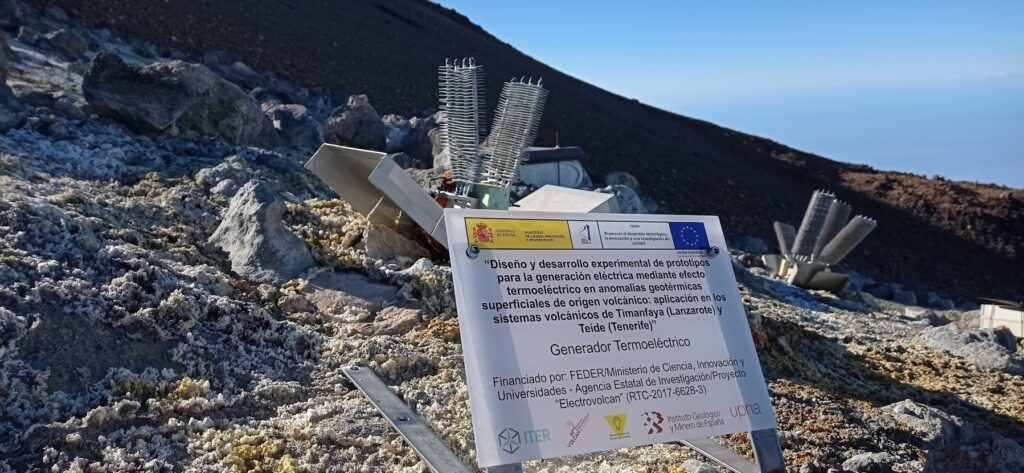
The development of this project will allow the analysis of experimental yields and detailed costs of this new technology with the precise calculation of the resulting price per kWh (LCOE, Levelised Cost of Energy), in order to compare it with that of other renewables. A priori and as described in section 2 of this report, a cost close to 5 euro cents per kWh is expected, therefore within the margins of photovoltaic or wind power, with the added advantage of its constant availability over time, without being subject to environmental variability as is the case with wind and photovoltaic.
The results of the project will be replicable in other volcanic territories with geothermal anomalies associated with recent volcanism, so that the generation of patents related to thermoelectric technology is foreseen: the one applicable to surface geothermal energy where it exists, the construction of autonomous stations for monitoring active volcanoes, as well as the application to the use of waste heat from certain industrial facilities.
Links of interest:


